|
Oil
seed
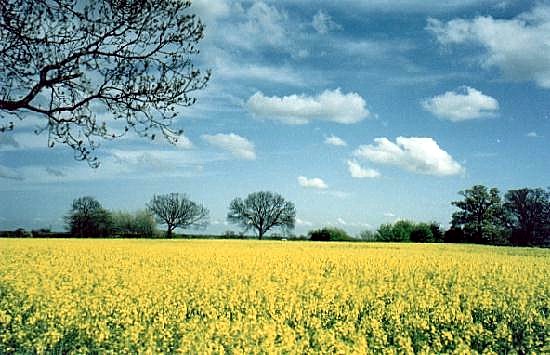
Oil seed growing on
the outskirts of Kirkby Underwood in the spring of 2001
Many of the fields
around Bourne turn a golden yellow each spring as hundreds of acres of oilseed
rape burst into flower. Some people claim that this bright colour is garish and
one that intrudes upon the traditional English landscape and although it may be
unfamiliar to some because its appearance in many areas is comparatively recent,
it has in fact been with us for centuries.
The appearance of the crop in springtime can also offensive to some people who dislike the
brilliant yellow blossom and its strong smelling scent, claiming that it is an
inappropriate colour with a sickly and inescapable stench, not to mention the
massive problems it causes to hay fever, asthma and other sufferers. Yellow is
one of the most frequent colours in nature's palette but it is easy to
understand why so many people believe that oil seed is a recent innovation.
Old books on farming frequently refer to oil seed as cole or coleseed and in the
absence of photographs, this has confused many people as to the crop's identity.
Also, its eye-catching colour that has proliferated in the fields in the past 30
years has persuaded the public that it is a new crop when in fact it is an
ancient one.
The Dutch engineers who came here to drain the fens four centuries ago were
among the first to plant oilseed rape (Brassica napus) in Britain because
they needed the oil it produced to lubricate their drainage pumps. Lord
Willoughby, who opposed the draining of the fens, wrote as early as 1598 in a
letter to the Earl of Essex that he was convinced the land to be drained was
eminently suited for growing rape seed "which is of singular use to make soap
and oils with" and would therefore "not help the general poor but undo them and
make those that are already rich far more rich".
William Wheeler, in his book A History of the Fens of South Lincolnshire (1868)
described oil seed as being a popular crop when the Dutch engineer Cornelius
Vermuyden began his task during the early 17th century and as Lord Willougby had
predicted, the newly enclosed land was particularly suitable for its cultivation
and it therefore became a major crop, second only to cereals such as oats, and
used mainly for making soap and oil.
In a petition to King Charles I (1600-1649), it was stated that since the
draining of the fens, crop yields had increased dramatically and they had an
abundance of all sorts of grain and "seed for oyl". This was a cogent reason for
oil seed production two centuries before the discovery of petroleum and so one
of the most important functions of the fens after drainage was to provide
England with a continual supply of soap.
The image of oilseed rape remained industrial until the 1970s when it began to
be promoted as an edible oil, a home-grown alternative to groundnuts, sunflowers
and soya. Since then, acreage has increased enormously and the yellow flowers
have become a common sight in the farming counties and here in the Bourne area,
the crops can be seen in abundance and their strong smelling scent wafts across
the road as you pass. It is perhaps the most frequently planted break crop for
the revenue from a good harvest of rape seed can equal or exceed that of wheat
because it can be sold for a good price to the crushing mills for conversion
into vegetable oil and its high profit potential has lured many farmers away
from continuous cereals.
Rape is drilled in late August immediately after the cereal harvest and the
seeds, contained in long pods at the top of the stem, are ready for combining
the following summer but they must not be left to become too ripe otherwise the
pods shatter before they enter the combine and the small brown seeds are lost.
Many farmers therefore cut it early and let it dry in the field, a practice
known as swathing, and these piles of dried stalks thrown into rows by the
cutter can often be seen in the fields in late summer. The combine is then able
to pick up the dried rape and thresh it with less wastage.
The sight of huge swathes of this crop in the countryside is a sure sign that
spring is well and truly here but there are some who object to the name oilseed
rape and all that it implies, claiming that it does not sit easily with the
glorious sight of acre after acre of beautiful yellow flowers giving off their
pungent smell. Many farmers in Britain now merely use the term oil seed but
political correctness in North America has taken its identification a step
forward. A friend in British Columbia, Canada, tells me that the name has been
changed to canola and the resulting oil product which is sold for cooking is
known as canola oil.
|
MORE OIL SEED PICTURES |
|
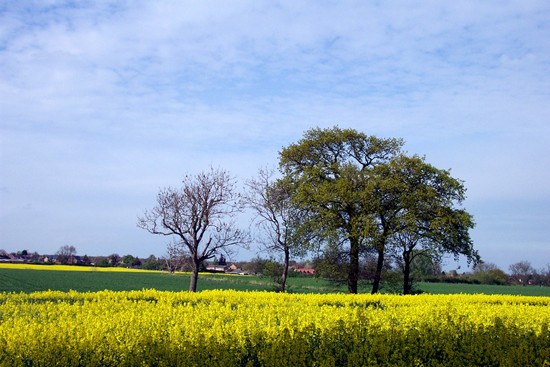 |
|
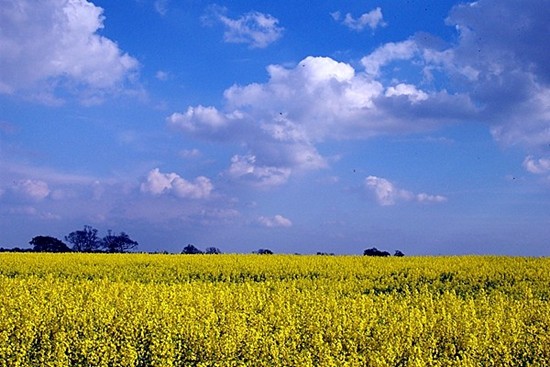 |
|
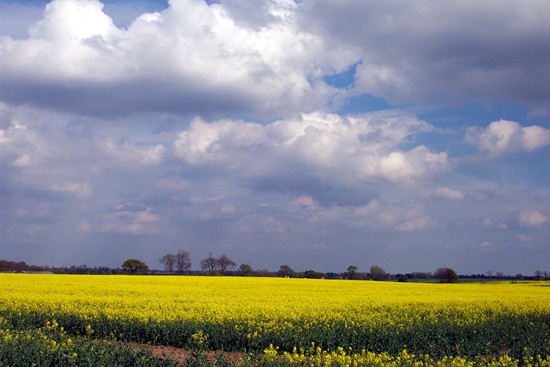
Three pictures taken on the edge of Dole Wood near Thurlby. |
|
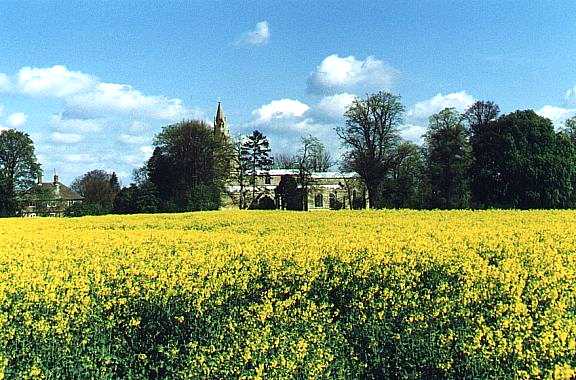
Near Thurlby with the village church as a backdrop. |
|

A crop in full flower near Edenham village. |
|
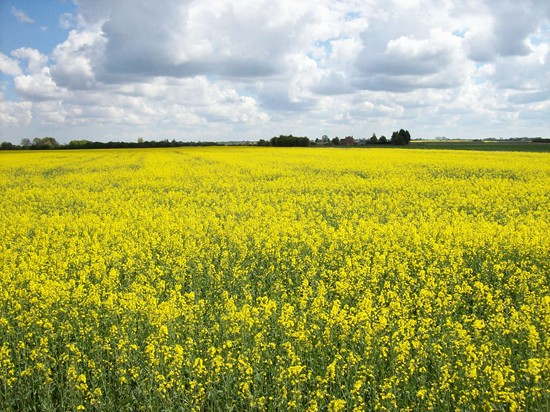
Meadow Drove near Dyke. |
|
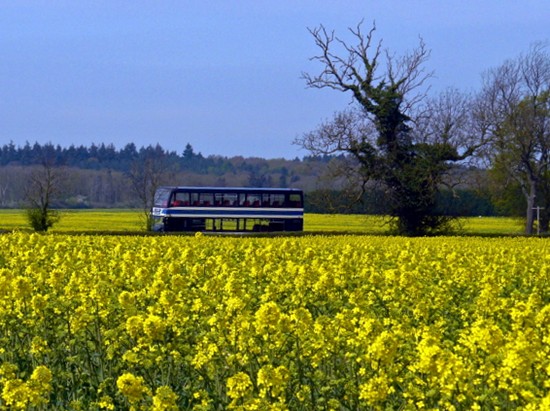
A field of oilseed to the north of Bourne near Conjury Nook with the
Delaine
bus heading towards town from Morton at midday. |
|
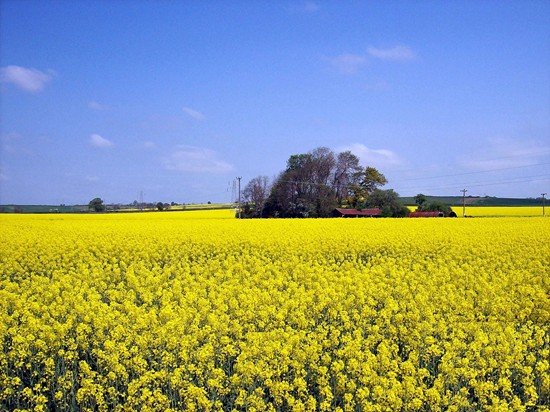
A crop growing on the outskirts of Wilsthorpe, near Bourne, around
a copse of trees and two barns with red pantiled roofs. |

Go to:
Main Index Villages
Index
|







